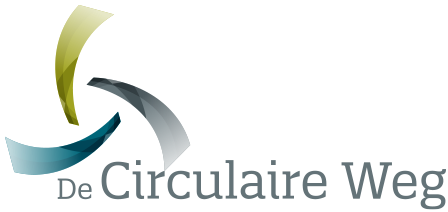Local road in inner city municipality of Utrecht and Dura Vermeer
Item: Local road in inner city
Pilot partners: Municipality of Utrecht and Dura Vermeer
Utrecht wants to become a fully circular city as soon as possible: a fully renewable city, without waste, where optimum use is made of raw materials, sustainable energy sources and human capital. We want to keep raw materials within the region wherever possible. We do this together with companies, entrepreneurs, citizens and initiatives. This also calls for new forms of co-operation and business models. As the fastest growing city in the Netherlands, Utrecht has a major building challenge, which is why the emphasis of the circular programme is on circular construction. A great deal of social impact can be achieved in the public space because of the large volumes of raw materials. This is therefore one of our most promising categories in socially responsible procurement. As Utrecht, we are taking part in the Partner Programme because we want to investigate what circular management and co-operation in public space could look like. And how we can use as a service models to accelerate the transition to Utrecht as a Circular City.
The run-up: Croeselaan circular
Until a few years ago, Croeselaan was a busy traffic artery right through the western city centre. In 2018, an ambitious redesign was undertaken that made the northern part of Croeselaan the (at the time) “most sustainable road” in the Netherlands. Dura Vermeer transformed the road, commissioned by the municipality, into a green, quiet traffic-free avenue with many trees and a path for people to have meetings while walking around. A 68% reduction in environmental costs was achieved for the same budget. The road surface, for example, has been laid using low-temperature asphalt that lasts twice as long. The existing soil, foundations and tiles were reused and the cycle path consists of red Ramac concrete with low CO2 emissions. The road also came complete with a materials passport.
The circular road: beyond (sustainable) asphalt
The ambitious circular investigation and innovative design of Croeselaan-Noord have laid a good foundation for an ideal learning environment for the pilot project because a road is only circular when it is part of a circular system. Participation in the partner programme, The Circular Road, gives Utrecht the opportunity to learn from the Croeselaan project and to explore how an as a service co-operation model can contribute to better conditions for a circularly organised chain. The City of Utrecht and Dura Vermeer want to investigate which parts have benefitted from added value due to the as a service model, which stages of the as a service model are suitable for which products, and which are best suited to (the management of) the city.
The pilot examines whether extra steps can be taken within an “as a service” partnership in the field of sustainability and circularity, over and above the considerable progress that has already been made in Croeselaan-Noord and what this requires from the organisation, collaboration, contract formation, management, etc. Is an as a service model suitable for public space? And if so, under what conditions?
